Radiant VS. The Solar Racking World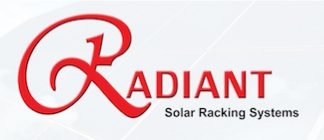
Regularly I’ll get a sales call from a solar product supplier asking “what rail do you use?” “Radiant” I say, knowing it is a conversation stopper. They know too well they won’t convince an installer who is committed to quality to be swayed by price. However, late last year I caught up with one of my suppliers for our semi-regular coffee. David is one of the industry’s good guys. I find it a worthwhile meeting to keep my eye on a changing market, and to find ways of be more competitive. It was when I was pushing him on price of panels, that he pushed back.
The Cost
“Mark, I know it’s hard to convince you to go to “Grace” solar rail racking, but let’s run the figures.” David challenged. I cracked open my Macbook and we compared his Grace racking prices with my Radiant prices. The price difference caught me off-guard. On a 6kW tile system, I was paying a huge $450 more for Radiant. “That’s a lot of cash I could save on an installation” I thought. I brought it up at our next sales meeting.
My Team’s Reaction
“But it’s $450!!” I was playing the devils advocate with my sales team,
“Wouldnt that help with sales if you could drop the price by $450?”.
Nicole put me straight: “Mark, we install quality and our customer generally get that. Radiant doesn’t give 15-year warranty for no reason; we can’t go backwards!”
I was pleased with the response.
I then called one of my electricians, Alex. He’s been with us for seven years: his input counts.
“How much do you like Radiant”. I asked.
“It’s the best Mark, you know that!”
“Is it $450 better” I continued.
“How much do you like roof leaks Mark?” Alex chuckled.
“Seriously, we can’t go back there … can we?” he quivered.
He was right. I write this post to try and explain why.
The Radiant difference
It’s a little hard to explain this with words only, so I jumped on the roof of one of our installations to take some pictures. This is how you install solar on a tile roof:
-
Remove a tile to expose the truss and batten.
2. Grind off the tile lug of the upper tile to allow a gap for the tile bracket.
The traditional tile bracket problem
The problem arises is that all roofs are not the built the same. Batten and tile sizes differ, so tile brackets have to be adjustable to suit. Traditional tile bracket are not adjustable. Here are three common images of three of the most commonly used tile feet on the market.
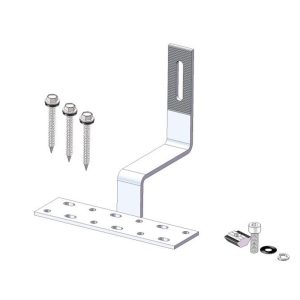
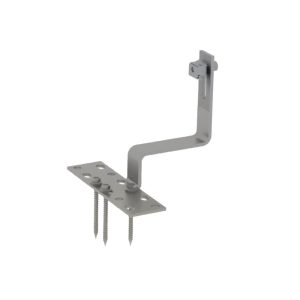

Notice that these tile brackets are not adjustable in the lower section.
If you end up on a roof installing with a smaller batten and tile profile your job will look like the images below.
It is hard to pick in the photos, but tile foot is not flush with the lower tile, creating a larger gap in the tile above. This increases the risk of the tile cracking under weight, and opening the ceiling space up to water ingress. Additionally, if the batten or tile is larger than normal, there will be downward pressure from the tile foot on the tile below.
The Radiant Advantage
The main advantage of the Radiant rail system is the simple adjustable batten height. With this adjustment, we can ensure that the tile sits back down in place, with only the lug missing. The gap is filled with the tile bracket. It also ensures no unnecessary pressure is put on the tile below.
Once the Radiant tile foot is in place, slide the tile back over the tile bracket. The lift of the tile is negligible, so wind will not force rain into the ceiling space.
A better rail system
It’s not just this simple adjustment that make installers adamant that Radiant is better. The full side adjustment allows installing brackets near ridges where it may have not otherwise been possible. If that wasn’t enough, the method of fixing rails to the tile feet and the panels to the rail is redesigned for the better. Forget the old cumbersome keystone in every other rail system, radiant have introduced their own spring loaded method. More than anything, this reduces frustration on the roof. A happy tradesman makes a quality install.
A quality install is the end game.
Mark Cavanagh

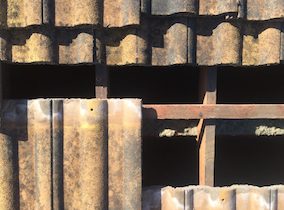
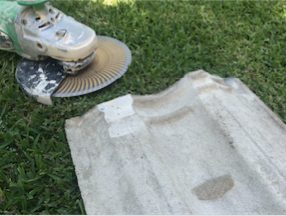


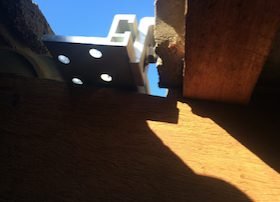
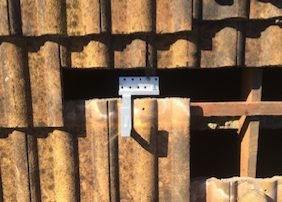
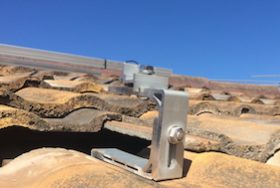
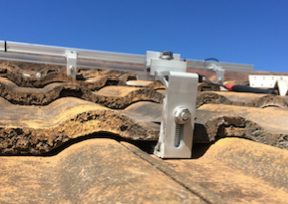






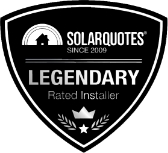

2 Responses
Hi Brian, apologies for the delayed reply – COVID has kept me crazy busy with the business. It depends on what roof and what Sunlock gear you are using. For tile roofs, all you are looking for is the adjustability of the bracket both horizontally (for the truss location) and vertically (for the batten hight). Otherwise, Sunlock is a good rail system
What are your thoughts on Sunlock? Sunlock vs Radiant